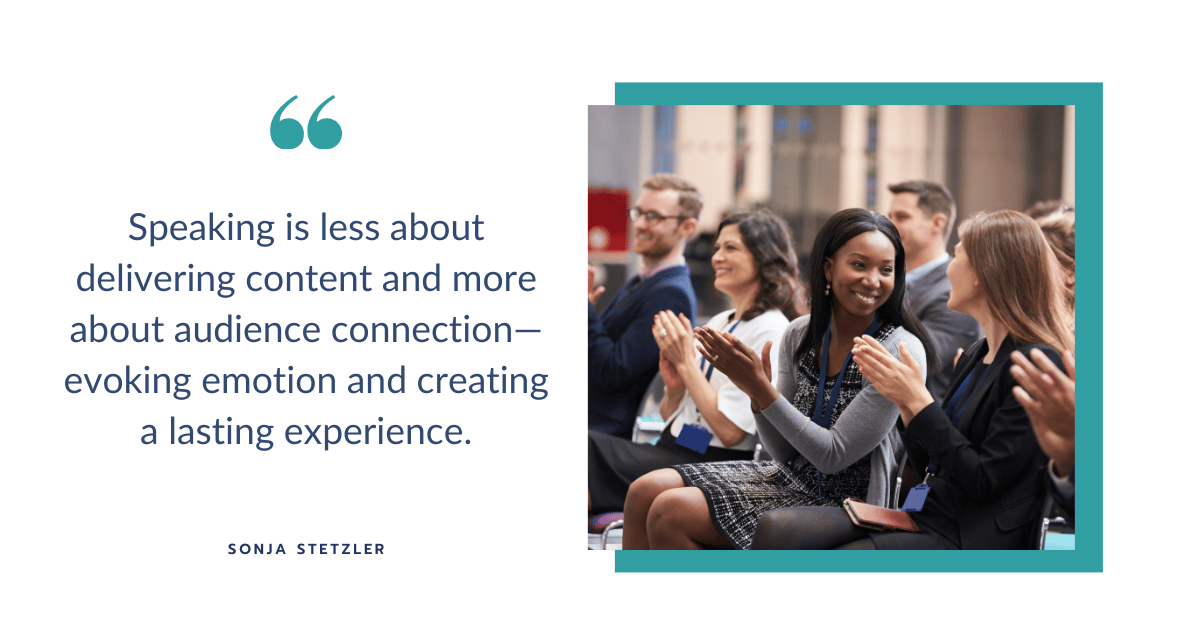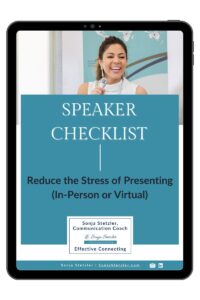I’ve had the opportunity to speak on several recent occasions about the power of our words and how we can make a better audience connection.
Recent research emphasizes that how we communicate—our choice of words, tone, rate of speech, and nonverbal cues—profoundly affects our ability to build trust and connect with others.
Most of us are aware that speaking is not just about delivering content; it’s about connecting with the audience’s emotions and creating an experience they trust and remember.
4 ways you can build a connection with your audience:
1. Positive Language
Based on the book, Words Can Change Your Brain by Andrew Newberg and Mark Robert Waldman, positive language activates brain regions associated with logic, creativity, and motivation.
Words like “hope,” “peace,” and “possibility” not only inspire your audience, but also help you, the speaker, stay calm, focused, and confident.
On the flip side, negative or fear-based language can trigger the brain’s stress response, in both you and your listeners, reducing trust and engagement.
Understanding this dynamic is essential in choosing words that elevate rather than alienate your audience.
2. Tone of Voice
How you deliver your message matters. According to a 2023 Forbes survey, 53% of knowledge workers consider tone more important than the content of communication.
The survey found that a positive tone leads to quicker responses, higher-quality work, and improved perceptions of the communicator.
3. Rate of Speech
One of the most useful recommendations I have received in feedback is to slow down my rate of speech. Digging a little deeper into the research on rate of speech, I found that speaking slowly allows your brain to stay calm and gives your audience time to process and absorb your message.
Rushing often leads to nervousness and rambling, which leads to disconnection from the audience. Mindful pacing, along with intentional pauses, helps speakers come across as composed, thoughtful, and credible.
4. Nonverbal Cues
In Western culture, eye contact is critically important in making a connection and developing trust with an audience. Just three seconds of silent eye contact at the beginning of a talk can activate empathy and attentiveness in your audience.
This quiet presence creates a stronger emotional connection, which is essential for persuasive, compelling public speaking.
Creating Connections
Neuroscience has shown that our words have the power to trigger neurological changes in how we think and feel. When our words are combined with a positive tone of voice, a slower rate of speech, and eye contact, we can make a greater impact with our audience.
How do you create a connection with your audience?
Discover how the simple phrase ‘yes, and’ can transform difficult conversations. Watch my TEDx Talk to learn more.
Enter your name and email below to grab my FREE Speaker Checklist to feel fully prepared and confident to deliver your very best.



Leave a Reply